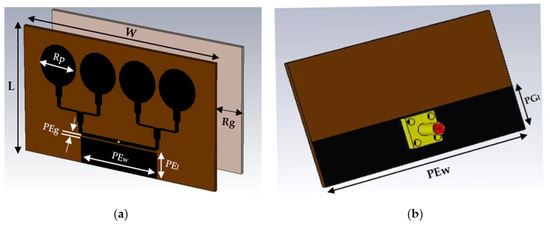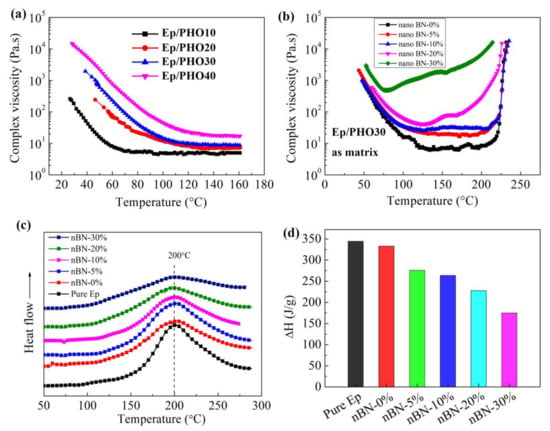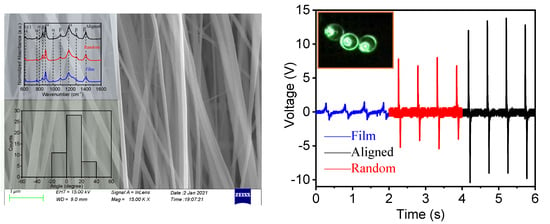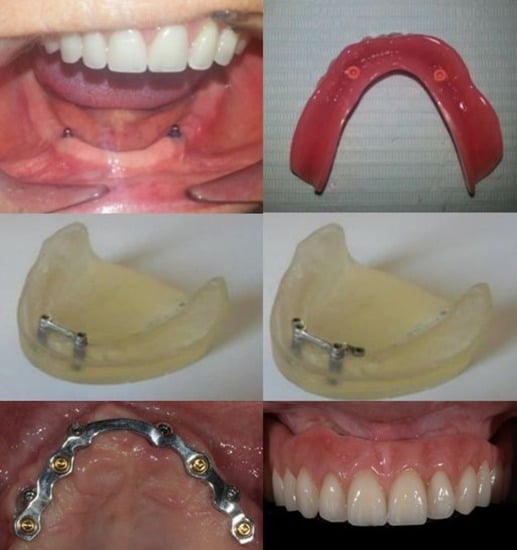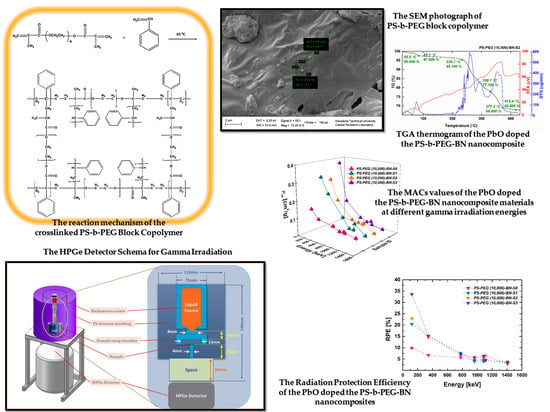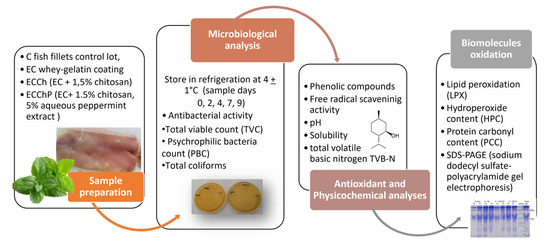Polymers 2021, 13(19), 3257; https://doi.org/10.3390/polym13193257 - 24 Sep 2021
Cited by 25 | Viewed by 4884
Abstract
Electrospun nanofibres can outperform their melt-blown counterparts in many applications, especially air filtration. The different filtration mechanisms of nanofibres are particularly important when it comes to the air filtration of viruses (such as COVID-19) and bacteria. In this work, we present an electrospun
[...] Read more.
Electrospun nanofibres can outperform their melt-blown counterparts in many applications, especially air filtration. The different filtration mechanisms of nanofibres are particularly important when it comes to the air filtration of viruses (such as COVID-19) and bacteria. In this work, we present an electrospun nanofibre filter media, FilterLayrTM by NanoLayr Ltd., containing poly(methyl methacrylate)/ethylene vinyl alcohol nanofibres. The outstanding uniformity of the nanofibres was indicated by the good correlation between pressure drop (ΔP) and areal weight with R2 values in the range of 0.82 to 0.98 across various test air velocities. By adjusting the nanofibre areal weight (basis weight), the nanofibre filter media was shown to meet the particle filtration efficiency and breathability requirements of the following internationally accepted facemask and respirator standards: N95 respirator facemask performance in accordance with NIOSH 42CFR84 (filtration efficiency of up to 98.10% at a pressure drop of 226 Pa and 290 Pa at 85 L·min−1 and 120 L·min−1, respectively), Level 2 surgical facemask performance in accordance with ASTM F2299 (filtration efficiency of up to 99.97% at 100 nm particle size and a pressure drop of 44 Pa at 8 L·min−1), and Level 2 filtration efficiency and Level 1 breathability for barrier face coverings in accordance with ASTM F3502 (filtration efficiency of up to 99.68% and a pressure drop of 133 Pa at 60 L·min−1), with Level 2 breathability being achievable at lower nanofibre areal weights.
Full article
(This article belongs to the Topic Multiple Application for Novel and Advanced Materials)
►
Show Figures



